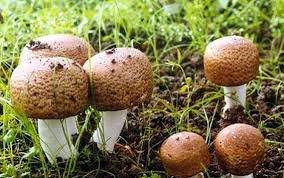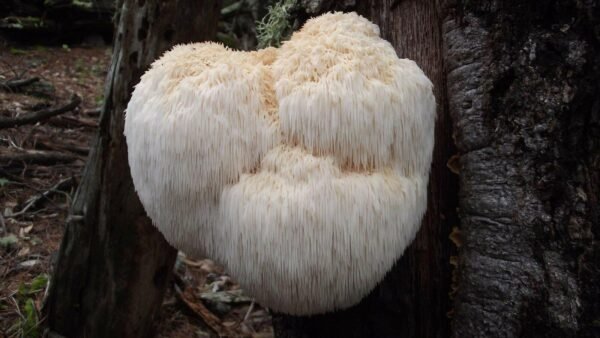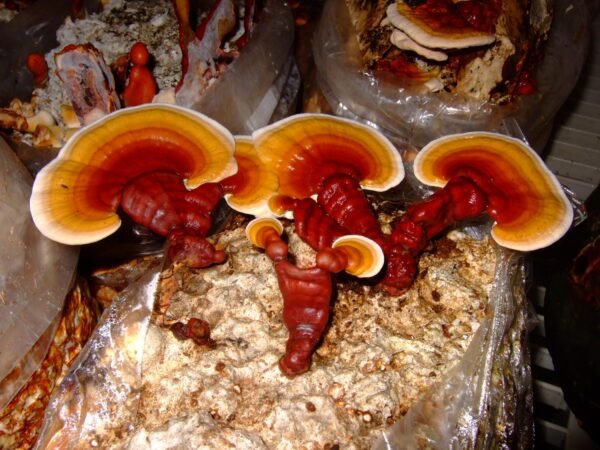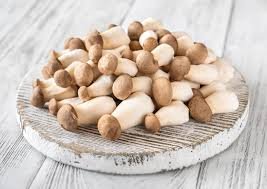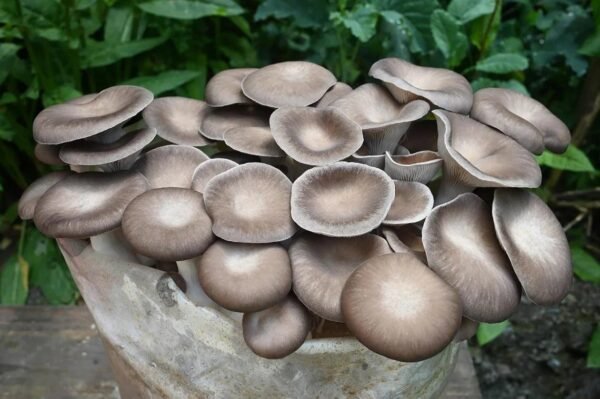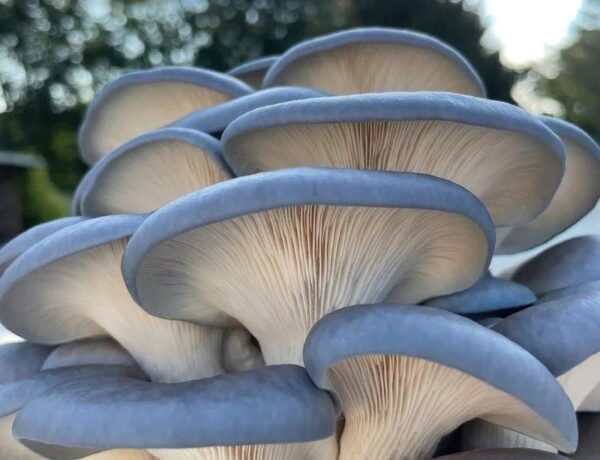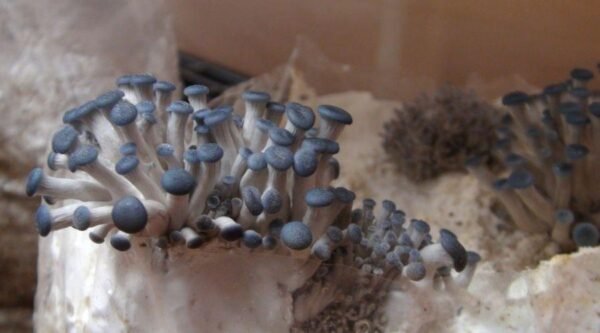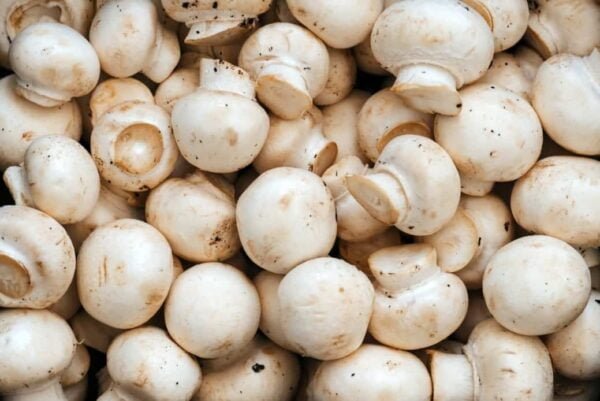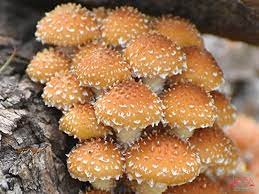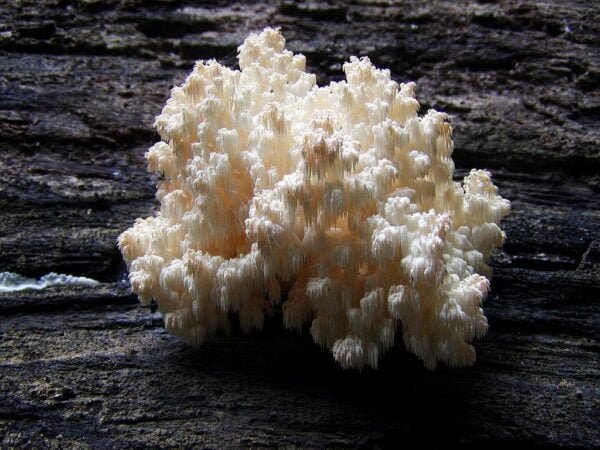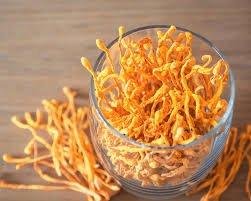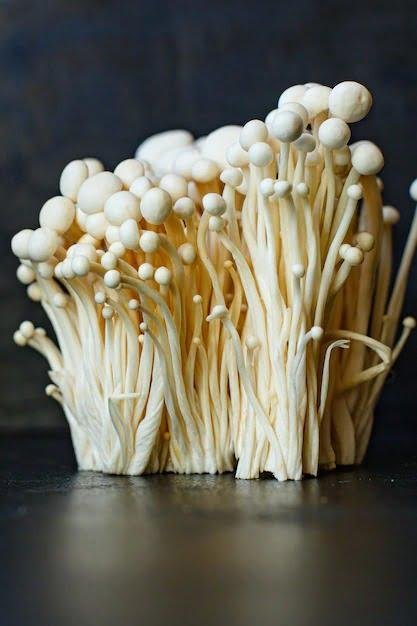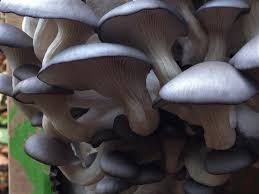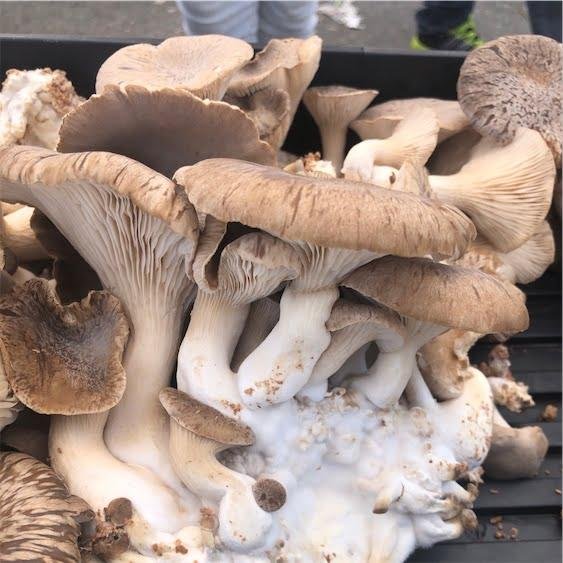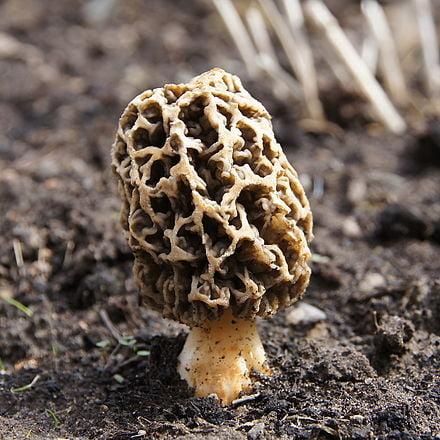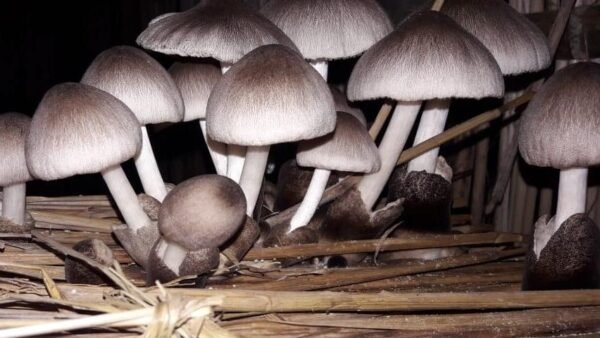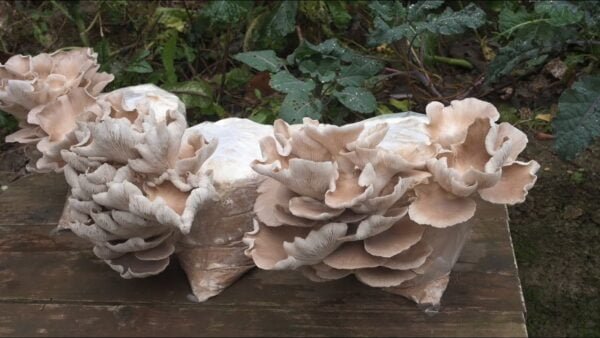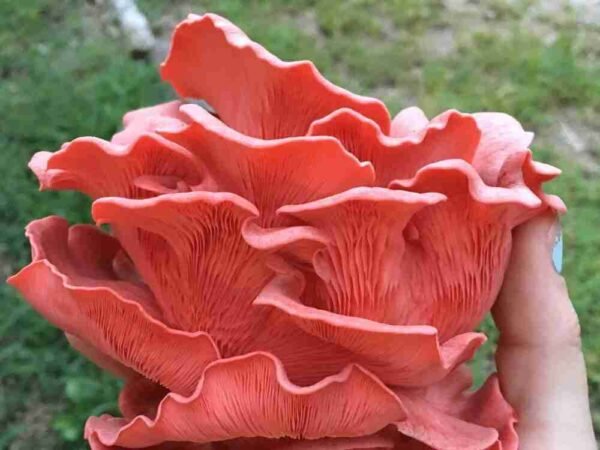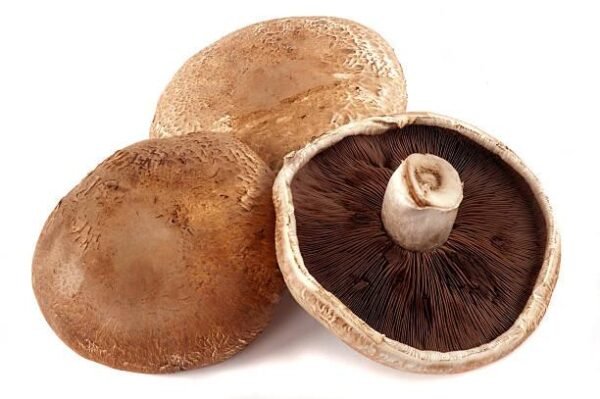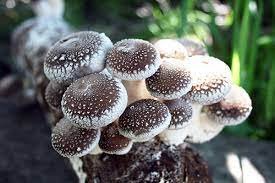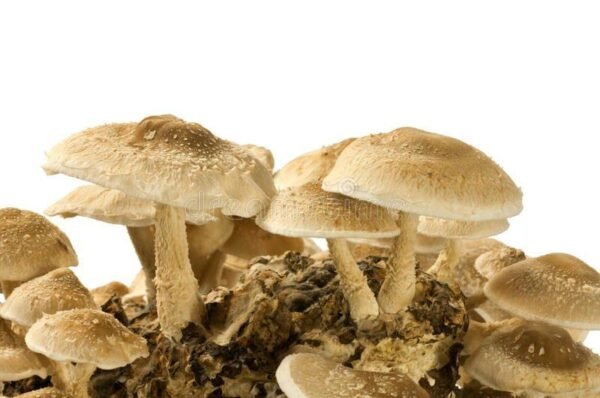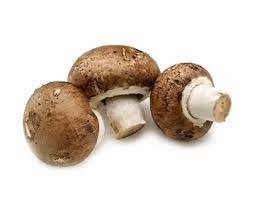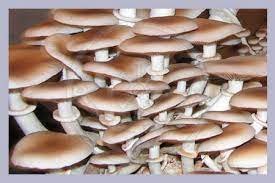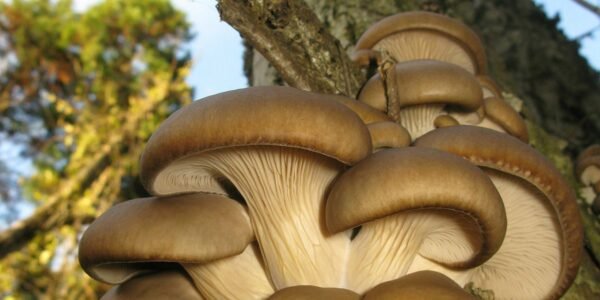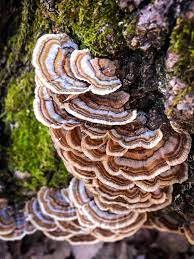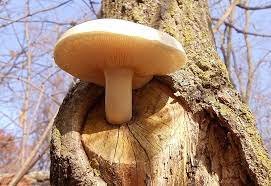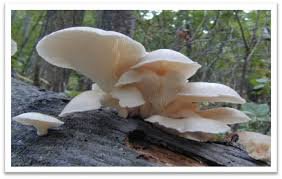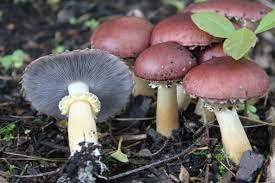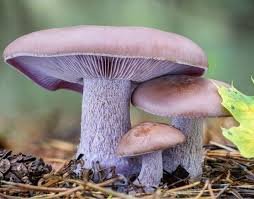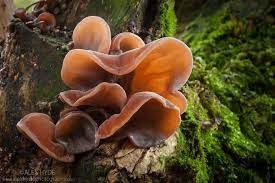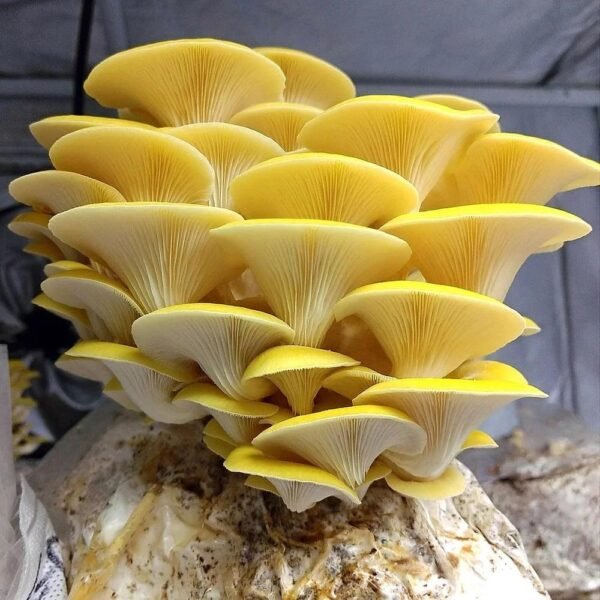Mushroom Fruiting Conditions
Mushroom Fruiting Conditions and Harvesting
When it comes to growing mushrooms, there are a number of different factors that will have to be taken into account. These include moisture, substrates and temperature. As well as this, you may also need to consider how to harvest the mushrooms that you’ve grown.
Mushroom Fruiting Moisture
When it comes to mushroom grow conditions, humidity is very important. It is a very important factor because it helps to keep the mushrooms growing to their maximum potential. The amount of humidity required varies by species. Generally, mushrooms prefer warm and humid conditions.
Mushrooms can be grown in greenhouses, but it’s best to use a climate controlled room, such as a garage or shed. In some cases, you may need to add a humidity tent to help maintain a high level of moisture.
Humidity is particularly important during the fruiting phase of a mushroom. For this, the humidity must be at least 80%. If not, the mushrooms can stall or become discoloured.
There are several ways to keep the humidity up, including the use of a humidifier. You can also try adding indoor plants to the environment to help with the process.
Another easy way to increase the moisture content of your substrate is to use burlap. This material keeps the air moist and allows circulation through the substrate.
Mushroom Fruiting Temperature
The temperature for mushroom growth plays a big role in the mushroom’s development. Typically, it is between 18 degrees and 27 degrees. This is the ideal temperature for spores to germinate. However, the humidity of the area is also a significant factor. It should be between 97 to 99 percent.
In order to have a successful mushroom crop, you will need to monitor your humidity and temperature. You must also have sterilized materials. If you are growing mushrooms from scraps, you will need to make sure the materials are free of contaminants.
Aside from temperature and humidity, you will need a substrate for your mushrooms. There are many types of substrates. Each has advantages and disadvantages. You can use sawdust, straw, compost, or even coffee grounds. But before you start growing mushrooms, you will need to determine which substrate is best for you.
Generally, a good substrate is one that is densely covered in woody fibrous materials. Some of the most common substrates are straw, sawdust, or wood chips. Mix these materials in a container for your mushrooms. Be sure to place it in a dark location.
Mushroom Substrates
A substrate is a physical medium that can provide housing for fungi. The substrate may be a bag, box or a container that contains an inoculant. In the case of mushrooms, the inoculant comprises microbes and nutrient sources.
Generally, the growth substrates are porous and contain a variety of nutrients. They are usually composed of soil or compost, but may also contain other materials. Several types of agri-food residues have been used as substrates for mushroom cultivation.
Some substrates have a very high water holding capacity, which results in a lack of adequate aeration. Another disadvantage is a short shelf life, which can lead to waste. Often, substrates are changed frequently to avoid competitive fungi.
The highest average yield and biological efficiency were obtained in mixed substrates. These were produced by combining different nitrogen sources. These nitrogen sources were: wheat bran, rice bran and spent beer grains.
Some substrates were not suitable for mushroom growth, despite their high protein content. Among these, the lowest yield was 1.8g/kg and the highest was 596g/kg.
Harvesting Mushrooms
Harvesting mushrooms under mushroom grow conditions is an important step in mushroom cultivation. The process involves hand-picking the fruiting bodies. This ensures the safety of the mushroom and the fungi.
Before starting the harvesting process, make sure you have sterilized all your equipment. Wear a lab coat and hairnet. Also, do not disturb the forest floor while picking the mushrooms.
Firstly, inspect the gills of the mushrooms to determine if they are open. Open gills indicate that the mushroom is ready to be harvested. You can pick them by pulling the cap and twisting it upwards. If it breaks, the mushroom will still spread spores.
Next, check the mycelium. Mycelium is a network of lacy white filaments that push through peat moss. It is often connected with the roots of living trees.
In the growing room, pasteurized peat moss is spread over the substrate. It becomes filled with mycelium and the root structure of the mushroom.
Afterwards, it is placed in wooden trays. Once this is done, it is left to rest for four days. After three weeks of growth, the first flush is harvested.

